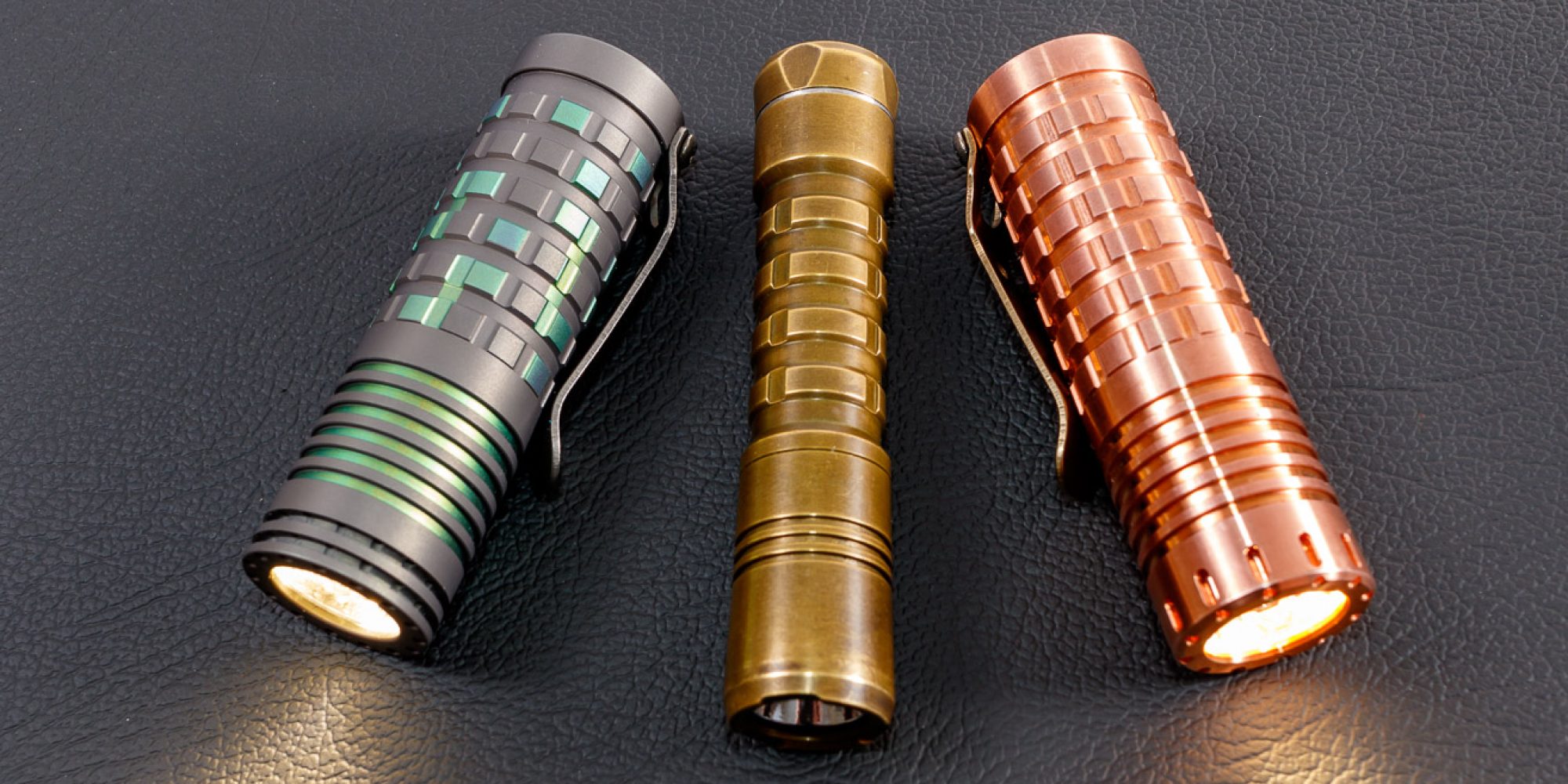Olight asked if I would like to review their new S2R Baton LED light and I said I would. It arrived last week and I have been carrying it and testing to see how I like it. Here is a brief written highlight. For the detailed review watch my videobelow.
Pros:
- Very small for an 18650 light.
- Rechargeable in the light, proprietary doc
- Very deep carry clip but takes some effort to go into the pants pockets usually.
Cons:
- For the built in recharging to work, you have to use the Olight batteries, not the fastest charging but safe and super easy. .
- No extra O rings included in the package, but I have never needed them.
- Packaging is kind of tough to undo without destroying it, but it does come with directions
Build Quality: Typical of Olight the build quality is outstanding. The threads come lightly pre greased. Tolerances are tight, and the finish is great. I really like the blue accents Olight does around the switch and front bezel.
Switch is on the side,. It’s a soft press low profile button. I didn’t find it too easy to press accidentally while in the pocket of my jeans but it does have a lockout which is nice insurance. The switch is accented by blue anodized aluminum which makes it look sharp.
Tail Cap Recharging: The biggest difference for the Olight S2R baton is has built in recharging in the magnetic tailcap. The flashlight comes with a small circular docking like station. It’s magnetic and you literally can’t put it on wrong, just get it close and it snaps into place. The other end is USB based and can plug into a variety of powerbanks or wall chargers, or car chargers. When charging the doc has red LED indicators that go solid, when finished they turn green and stay on. The Doc itself is an anodized aluminum exterior. The cable is about 1ft in length with a flat black cable. It’s not the fastest way to charge an 18650 but it’s the easiest. One negative about the recharging feature is that you have to use the Olight branded batteries to make this work. The light will turn on while charging.
One thing I noticed about this light during my use is that if you were to put the light in your mouth temporarily to hold it while freeing both hands, don’t put your tongue on the contacts or well you complete the circuit. While it’s not a lot of power, it’s not pleasant and something you want to do.
This light is a thrower and has good performance. In my video I have some night video of it’s performance. I have been using it on medium mode mostly, bumping up to high sometimes for increased distance. The light has a moonlight mode at ½ lumen and a strobe as well. Heat is well managed, it definitely gets warm but it’s not too hot to handle.
Overall I really like the light. Its about as thin as possible for an 18650 powered light. The clip is strong, and holds the light well. The magnetic tail cap comes in handy. The rechargeable nature of this light makes it really easy to keep charged and recharge when needed. I think it would make a good gift for someone who wants a high powered light but doesn’t have or want a charger. It comes with everything needed to use the light and keep it going. If you have any questions please let me know.
You can purchase this light from Amazon with this link http://amzn.to/2ggvlws
You can also purchase directly from Olight at https://goo.gl/VQypQq






